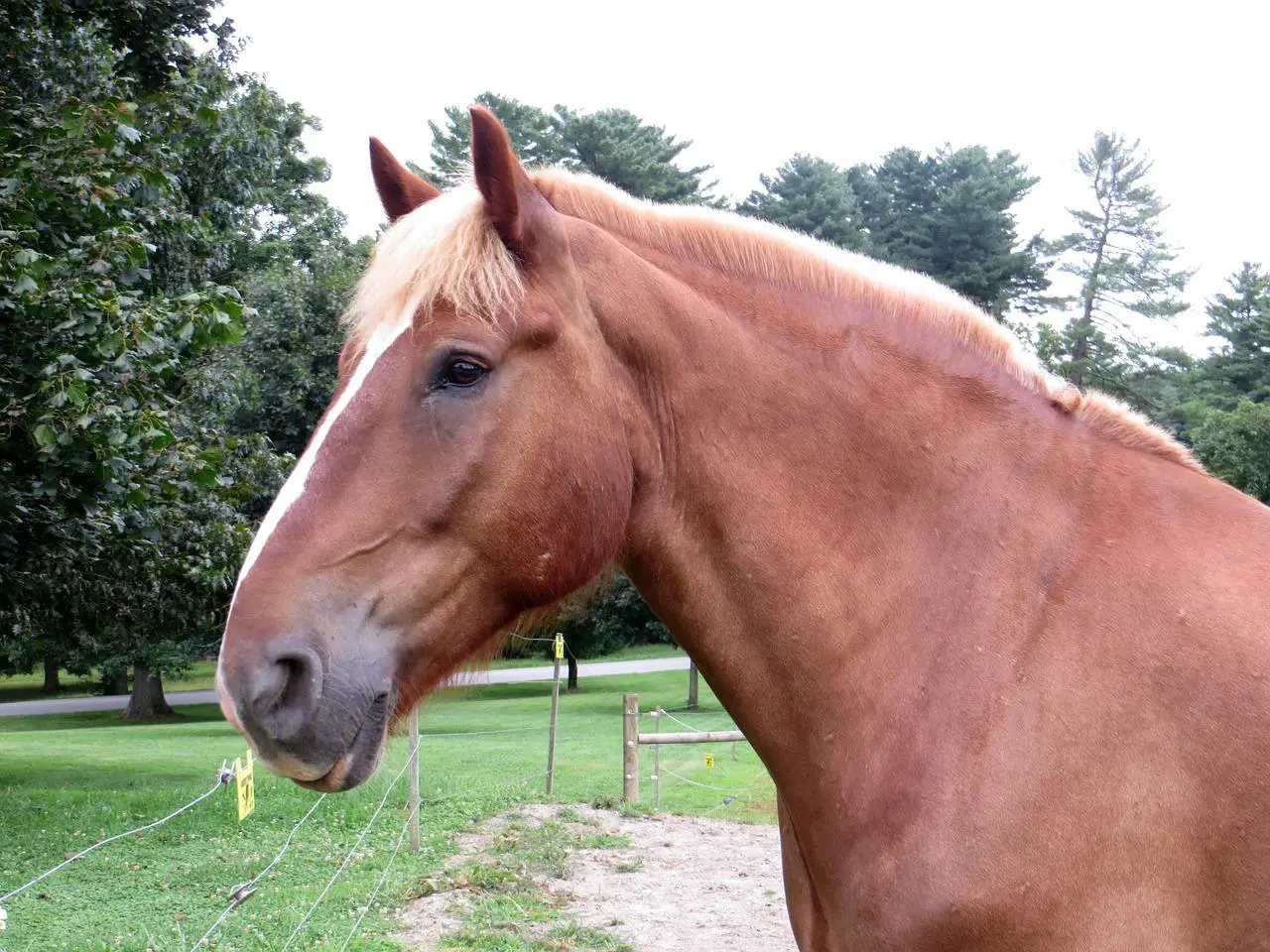Last Updated on April 9, 2022 by Allison Price
Ponies and horses that are overweight often have fatty tissue deposits. A cresty neck is an animal whose fat pads form along the neck’s upper curve. Fat pads can indicate a variety of health issues, but they are often a sign of an animal’s diet and exercise.
EQUINE METABOLIC SYSNDROME
Equine Metabolic Syndrome is an endocrine condition that causes abnormal fatty tissue deposits on the animal’s body. These fat pads can form anywhere on the body that fat naturally accumulates. The most common location for fat pads in EMS animals is the:
- Crest of the neck
- Tail head
- The prepuce, mammary and genital regions.
The following are clinical signs of EMS:
- Obesity, regional and/or local adiposity
- Insulin resistance (IR).
- Laminitis

The start of EMS is not specific, but the cause is referred to obesity and to genetic-predisposition, and seems to have the most impact on middle-aged animals. According to the University of Missouri, EMS horses are described as easy-to-keep animals. They can maintain their body weight easily.
CRESTY NECK SCORE
A cresty neck score (CNS), which is part of the determination for EMS, may be used. CNS uses a range of predetermined scores to describe the animal’s neck fat accumulation. This score can be used to monitor neck thickness changes that could indicate the onset of a medical condition. There are five possible scores. The following basic information is taken from a CNS:
- Score of 0
- No visible crest, no palpable crest
- Score of 1
- No visible crest, slight palpable crest
- Score of 2
- Visually visible crest, fat deposited evenly
- Score of 3
- Mounted appearance of the crest, with a thickened and enlarged crown.
- Score of 4
- Larger and more thickened crests may be a sign of wrinkles
- Score of 5
- Fallen Crest: The neck crest has been permanently moved to one side.
Most breeds are affected by EMS. However, some animals may have a tendency store more fat around their crests, such as:
- Draft horses
- Draft mixes
- Morgans
- Most ponies
Because fat in the neck of stallions is an indicator of their sex, geldings and mares tend to have a higher crest than stallions. Before assigning a score, it is important to consider the animal’s tendency, breed, as well as the sex.
DIAGNOSIS
A physical exam and laboratory tests are required to diagnose EMS. Cushing’s disease, hypothyroidism and other conditions can have similar symptoms to EMS. Therefore, it is necessary to perform testing in order to diagnose EMS.
- Examen of EMS for physical characteristics
- CNS
- Body Condition Score
- Distribution of abnormally large fatty deposits
- Radiographs of feet
- Examen for laminitis, which looks for:
- Hoof growth abnormal
- Soles that have fallen
- Separation of the hoof
- Unusual growth lines
- Testing for glucose tolerance
- Insulin and glucose response levels can be measured by administering glucose
- High glucose and insulin levels will be indicated by EMS.
- Cushing’s disease can be ruled out by a Dexamethasone suppression Test
- In EMS horses, the result will be similar to what you would expect.
- Hypothyroidism can be diagnosed by a thyroid test
- The normal range will apply to EMS animals.
TREATMENT
It is important to reduce calories and increase exercise for the best results. There is no treatment for EMS.


